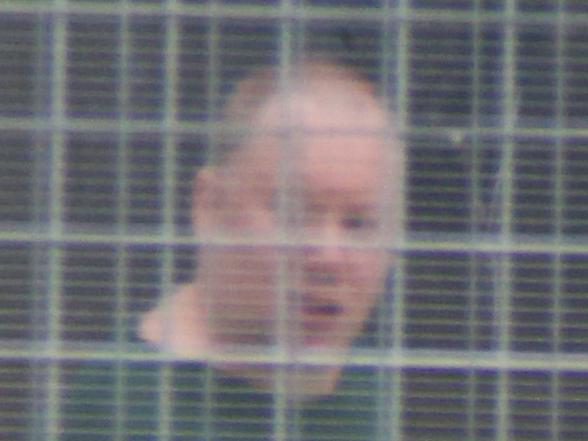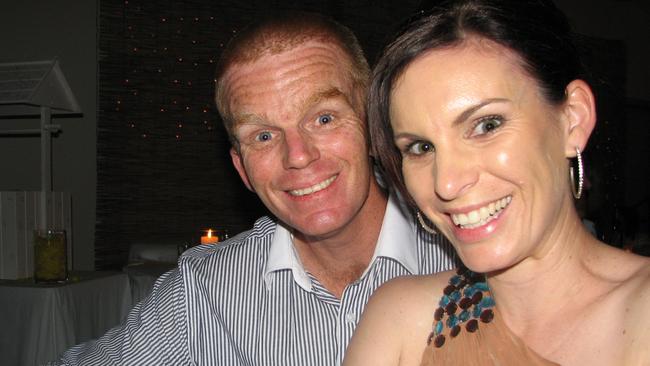
In Depth
More Stories

The mark that created a legend

Aussie band name fails

Meet Australia’s greatest athlete

The Himalayas
Stunning photographs from the greatest mountains on the planet.

Shop like a chef

Martin Bryant: Monster on the inside

Tracking a Nazi loot train

Why your children won’t get a job

‘God help me to make good my vow’

The Caliph of Terror unmasked
Original URL: https://www.heraldsun.com.au/news/special-features/in-depth/page/75



